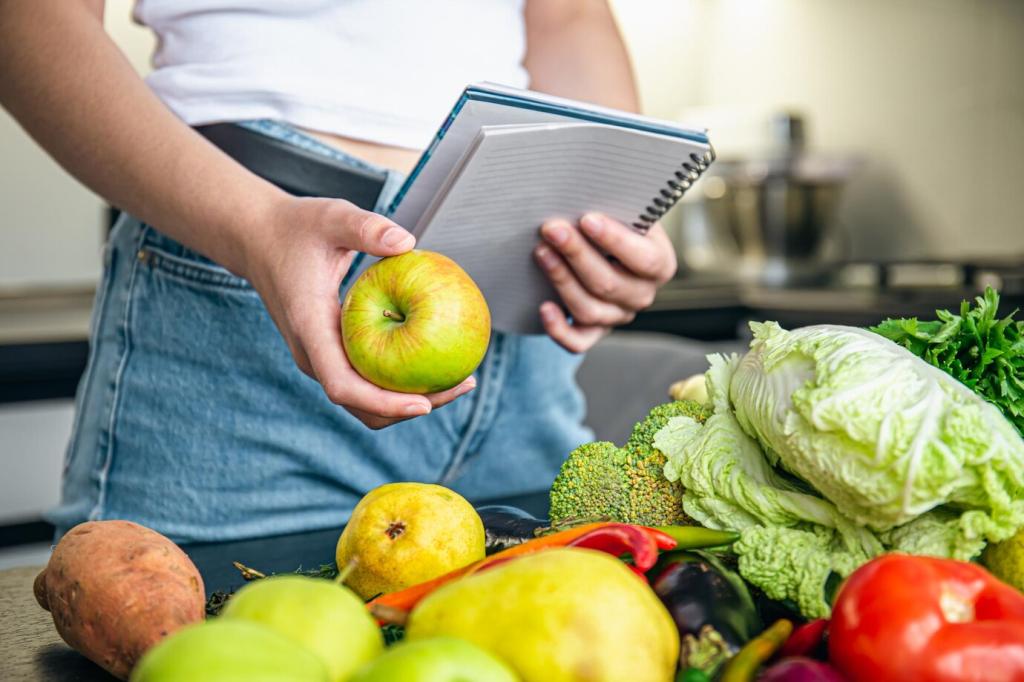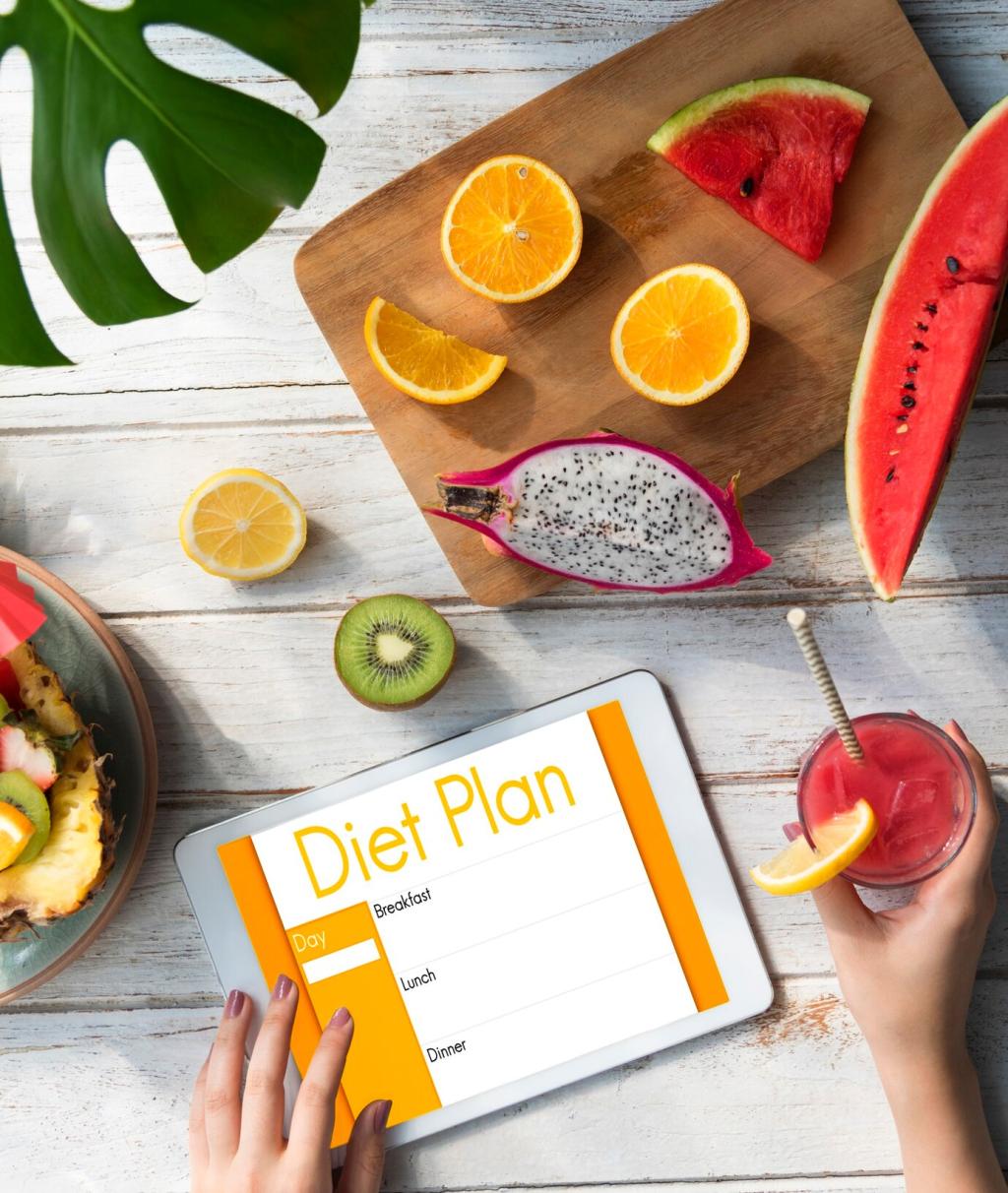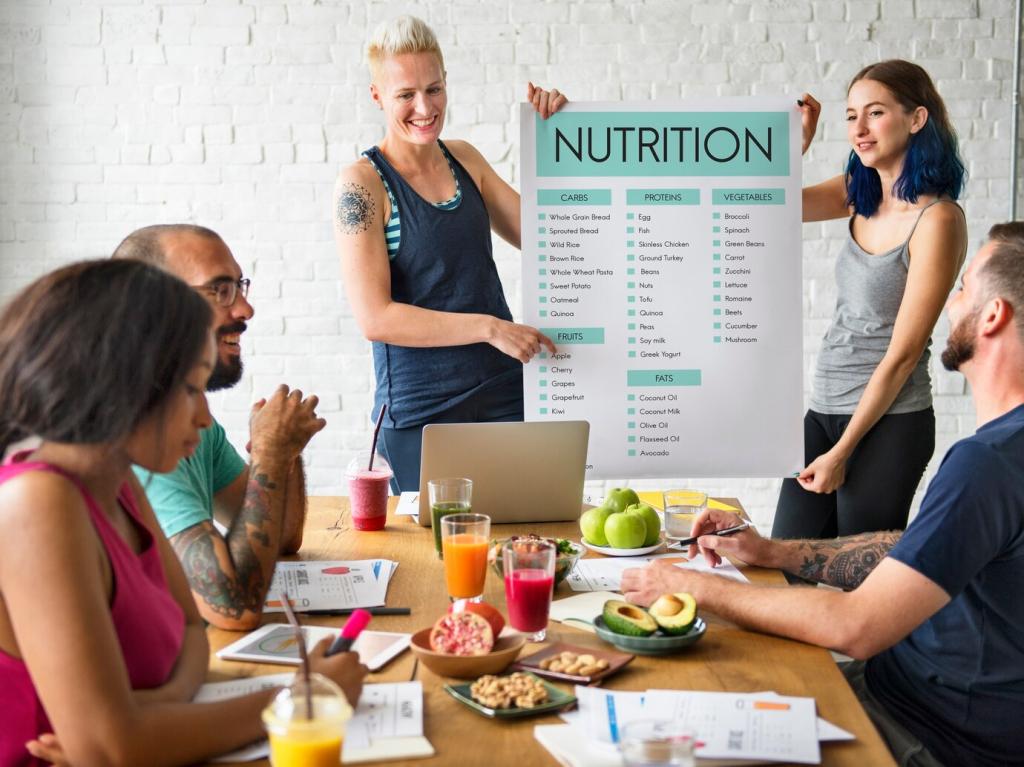Today’s theme: Nutritional Strategies for Home Workouts. Power your living‑room sessions with practical, science‑informed fuel that fits real life. From quick snacks to smart recovery, we’ll help you train consistently, feel amazing, and make progress you can measure. Join the conversation, share your wins, and subscribe for weekly kitchen‑friendly strategies.
Pre-Workout Fueling at Home
Time Your Carbs for Power
A light carb‑focused snack 30–60 minutes before training—like a banana with a teaspoon of peanut butter or toast with honey—delivers quick energy without heaviness. If you train early, try half a piece of fruit. Share your go‑to combo to help others dial their timing.
Hydration That Actually Helps
Start the session hydrated rather than catching up mid‑workout. Drink a glass of water when you lace up, and sip if workouts exceed thirty minutes. Add a pinch of salt and lemon for taste and light electrolytes. Tell us your favorite easy hydration ritual.
Coffee, Tea, or Nothing?
Caffeine can sharpen focus and perceived effort, but it is optional. Try a small coffee or green tea twenty to forty minutes pre‑workout, and track how you feel. Sensitive stomach? Go decaf and rely on carbs. Comment if caffeine boosts or busts your sessions.


Post-Workout Recovery, Simplified
Most home athletes do well with twenty to thirty grams of protein after training, coming from eggs, Greek yogurt, tofu, cottage cheese, tuna, or a shake. Consistency beats perfection. Post your go‑to protein source so others can discover new ideas.
Post-Workout Recovery, Simplified
Pair protein with quality carbs—rice, oats, potatoes, fruit—to restock fuel without rebound hunger. A quick bowl of Greek yogurt, berries, and granola checks every box. What recovery bowl fits your schedule? Share a photo or recipe with the community.
The Home Athlete Pantry
Oats, rice, canned beans, tinned fish, whole‑grain wraps, nut butter, olive oil, frozen veggies, and eggs anchor countless meals. With spices and a citrus or vinegar splash, these basics transform quickly. Share your most versatile staple and a simple two‑ingredient upgrade.

Micronutrients That Move the Needle
Many indoor athletes run low on vitamin D, especially in winter. Sunlight helps, but food sources like fortified dairy, eggs, and fatty fish matter too. Discuss testing with a professional if concerned. What’s your favorite vitamin D‑rich recipe that suits busy mornings?

Micronutrients That Move the Needle
Even moderate home workouts benefit from steady electrolytes—especially sodium and potassium—for nerve signaling and muscle function. Use salted meals, bananas, potatoes, and yogurt to cover bases. Do you feel better with a light electrolyte mix? Share your experience for others.
Match Your Fuel to Your Goal
Keep protein high, prioritize fiber‑rich carbs, and anchor meals with vegetables and healthy fats. Use smaller plates pre‑dinner to avoid overeating. Protect pre‑workout carbs so training stays strong. Share one habit you’ll test to keep cravings calm while staying energized.
Maya’s Early-Morning Routine
Maya, a nurse on rotating shifts, struggled with empty‑stomach workouts. She tested half a banana before training and a yogurt‑berry bowl after. Within two weeks, her push‑ups increased, and mid‑shift energy stabilized. What tiny change could help your mornings feel steadier?
From Weekend Warrior to Weekday Consistency
Jon used to crush long weekend sessions, then underfuel weekdays. He prepped a tray of roasted potatoes and chicken Sunday night. Suddenly, midweek workouts felt lighter, and sleep improved. Share how one pantry or prep tweak made your training more dependable.
Small Wins Add Up
Priya added an evening electrolyte, two extra cups of water, and a bedtime protein serving. Her soreness eased, and she hit three consecutive home workouts for the first time. Post your latest small win—hydration, snack timing, or prep—so we can celebrate together.
Join our mailing list
